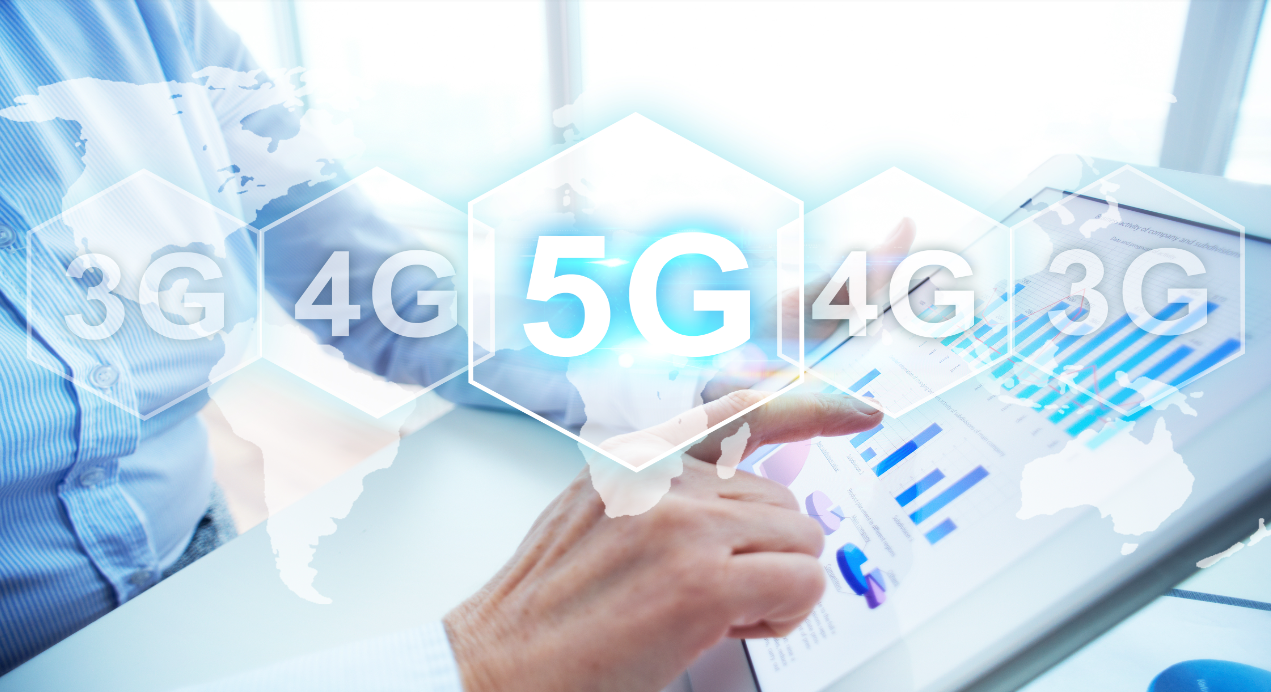What is a Radio Access Network (RAN) in 5G?


As we usher in the 5G era, radio access networks (RANs) are a key enabler of the next generation of wireless communications revolution. RAN At the heart of connectivity, bridging the gap between countless devices and core networks, is critical to unlocking the transformative potential of 5G – lightning-fast speeds, near-zero latency, and ubiquitous coverage. The purpose of this article is to shed light on the role of RAN in 5G networks, elucidate how it operates and its benefits, and help us better understand how RAN is at the forefront of driving the future of hyper-connectivity.
What is a Radio Access Network?
A RAN is a part of a telecommunications system that connects individual devices such as smartphones, laptops, and IoT devices to other parts of the network via radio connections. RAN It is a key element in the architecture of mobile telecommunications systems, acting as a conduit for the transmission of information between user equipment (UE) and the core network. This network component is equivalent to providing the necessary infrastructure needed for wireless communication in a variety of environments, including dense urban areas, suburbs, and remote rural areas.
What makes up RAN in 5G?
Unlike 4G, 5G RAN includes antennas, remote radio units (RRUs), and baseband units (BBUs). Instead, it was rebuilt into three operational units, each called a centralized unit (CU), Active Antenna Unit (AAU), and Distributed Unit (DU):
CU:CUs are responsible for information aggregation and real-time tasks. It also supports protocols at the top of the stack, including RRC, PDCP, and SDAP.
AAU:An AAU is a wireless communication device that integrates RRU functions and antenna arrays. It is used to process the transmission and reception of wireless signals at the same time. Due to the hardware integration, the base station architecture can be simplified and the signal processing efficiency can be improved.
DU:The DU supports the underlying layer of the protocol stack, including MAC, RLC, and the physical layer, and is responsible for autonomous, demanding tasks that must be completed in real time. CU Regulates the operation of a logical node that contains a subset of eNB/gNB features based on the feature splitting option.

How does RAN work?
The radio access network is a key component of the mobile communication system and is responsible for managing the wireless link between the user's equipment and the network. In RAN, RRU plays a vital role. It is connected directly to an antenna and is responsible for sending, receiving, and converting digital radio signals. After receiving the signal, the RU sends a message through CPRI (Common Public Radio Interface) to communicate with the BBU. The BBU further processes the signal to ensure that the information enters the core network smoothly and carries out the necessary scheduling and management. Just like blood, data flows forward or backward to the user through this transmission mechanism, completing the process of calling and exchanging data.

What are the wireless technologies and benefits of RAN?
In 5G RAN, a number of key wireless technologies support the high speed, high capacity, and low latency of 5G networks. Let's take a look at the important technologies in 5G RAN.
Massive MIMO (Massive Multiple-Input, Multiple-Output): By installing a large number of antennas (sometimes dozens or even hundreds) on the base station, more users can be served at the same time, greatly improving spectral efficiency and network capacity.
Beamforming: This is a signal processing technique that focuses wireless communication on a "beam" that is targeted at a specific person or object. The combination of beamforming and massive MIMO can significantly increase transmission range
Network slicing: While not a purely wireless technology, network slicing allows operators to provide virtual network architectures to meet the specific needs of different user groups, such as different speeds, capacities, number of connections, latency, and more.
Ultra-dense network (UDN): 5G uses a denser base station layout than 4G. The mass deployment of small cells can improve coverage and capacity, especially in densely populated urban environments.
Together, these technologies form the technical foundation of 5G RAN, enabling 5G networks to support a large number of user devices and serve a variety of applications, such as enhanced mobile broadband (eMBB) and massive machine-type communications (mMTC). and ultra-reliable low-latency communication (URLLC).
As the backbone of 5G, radio access networks not only enhance the user experience with improved broadband and connectivity solutions, but also open up a wealth of possibilities for industry-wide innovations, such as smart cities, autonomous vehicles, and the Internet of Things (IoT). With its advanced capabilities, RAN is critical to realizing the overall vision of a hyper-connected future, where seamless and robust communications are a foregone conclusion, marking a major leap forward in our journey towards a connected world.